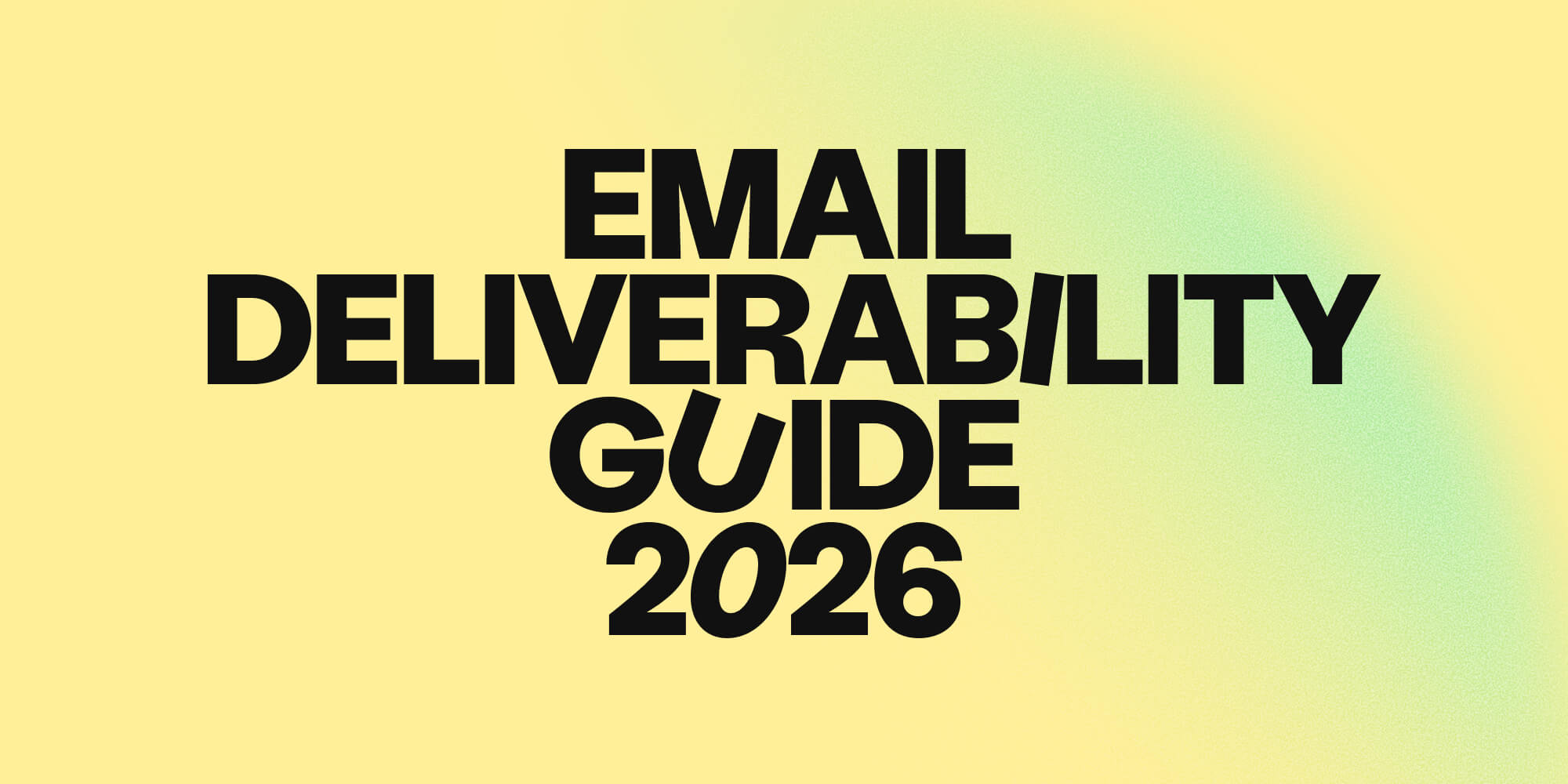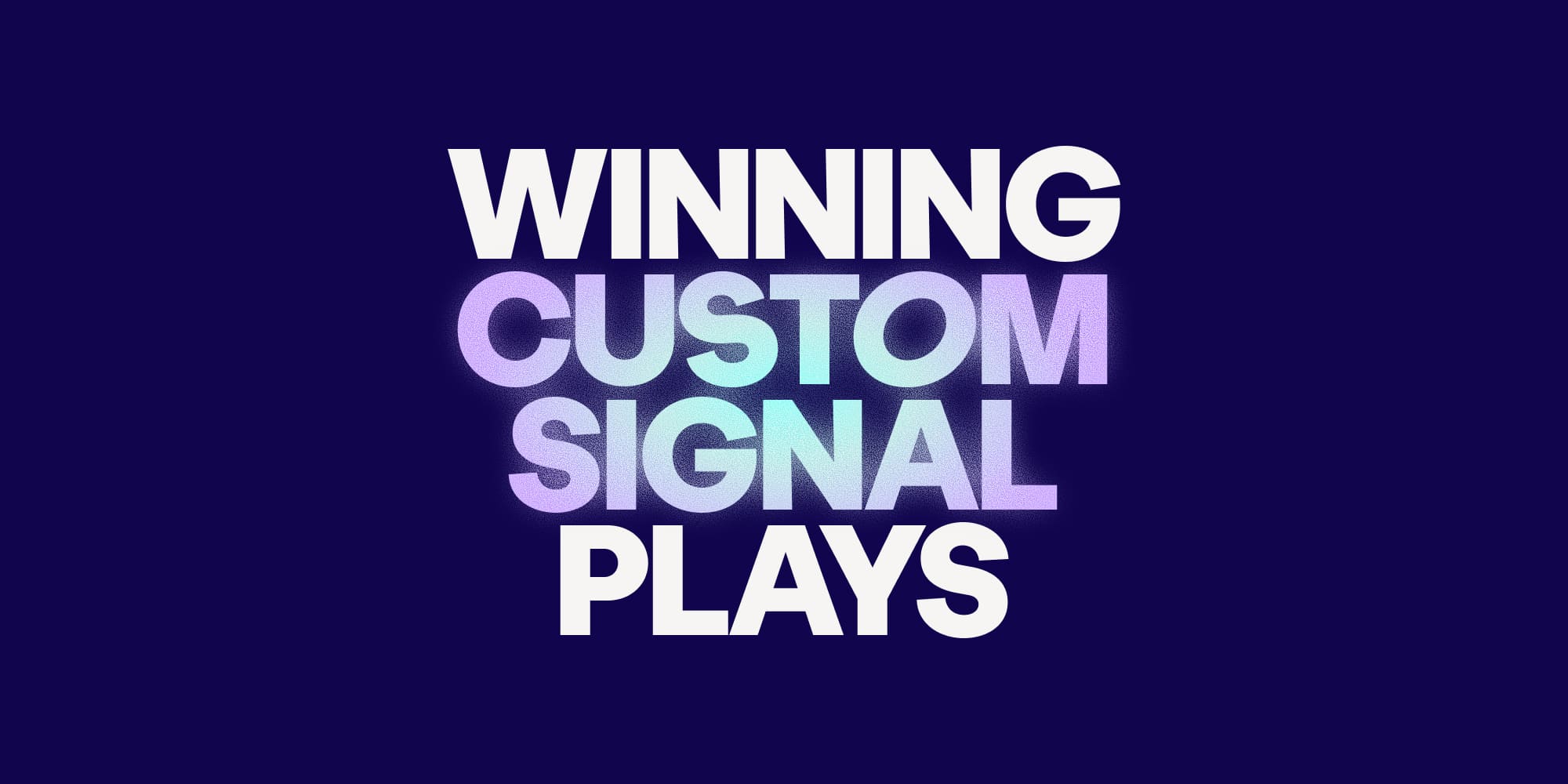How to build your personal brand as a sales professional
•
February 9, 2023
.jpg)
Ironically, personal branding doesn’t come naturally to all salespeople. To some people, “selling yourself” is a lot more daunting than selling a product or service.
But in today’s digital sales environment, it’s all wrapped up together. With 75% of B2B buyers and 84% of C-level or VP executives using social media to make purchasing decisions, social selling has never been more influential. Making a good impression online - as a brand and as an individual professional - is crucial if you’re looking to build strong B2B relationships.
Chances are you’re already dabbling in social selling if you’re using LinkedIn for your business. In this blog, we’ll dive deeper into how personal branding can drive sales and why your team - from BDRS to SDRs, AEs and beyond - should double-down on it.
What is personal branding?
You have a company, you build a company brand. You become a sales professional, you need a personal brand.
Having a “brand” means you have a consistent identity that your target audience can recognise. Consider the way in which influencers leverage personal branding on Instagram, TikTok, YouTube, and LinkedIn - and you’ll get an idea of how powerful it can be.
Of course, “branding” isn’t a one-time thing; it’s an ongoing process through which you can share your expertise, your vision, and your offering whilst actively interacting with your target audience.
Personal branding involves everything from your profile to your content creation, your communication with followers, and your engagement with your industry. It can shift and grow over time as long as it remains personal and valuable.
What personal branding should not be is fake, inauthentic, or insincere. The fact you’re using it to sell doesn’t mean you can get away with lazy, salesy content.
The benefits of personal branding for sales professionals
There are numerous benefits to personal branding for salespeople. These include:
- Capitalizing on social selling - with more and more B2B buyers and decision-makers using the internet and social media to research their purchases, personal branding helps you get noticed on the channels that matter.
- Feeding your demand generation - spread awareness about your company and product to draw inbound leads.
- Broadening your network - it’s not just about leads; think potential partnerships, referrals, or collaborative marketing efforts like events, webinars, and guest-posting.
- Building credibility and affinity with your audience - 92% of B2B buyers say they would engage with sellers known as industry thought leaders. The more authoritative and helpful you are in your niche, the more trust buyers will have in what you have to sell.
- Nurturing your target audience - support leads who are in the all important, oft-neglected MOFU (Middle of the Funnel - learn more about your sales funnel here).
- Getting a head start in sales - if your prospects have more familiarity with you and your offering, it takes some pressure off those cold intros. This can accelerate your sales cycle and can help you close deals faster.
- Humanizing you as a salesperson - prospects are more likely to engage with a recognisable face than with generic cold outreach sent by competitors.
Limitations of personal branding
As shown above, personal branding can definitely boost your social demand generation, prospecting, and selling. But like anything in sales, it doesn’t guarantee 100% success rates. It’s worth bearing in mind that:
- Personal branding requires time and effort to maintain.
- You can’t reach everyone.
- You can’t please everyone.
- It’s hard to quantify the impact of personal branding.
- The influence of your personal brand can only go so far in complex B2B purchasing decisions.
In other words, personal branding should not become your primary focus in selling, but it is useful for supporting your sales pipeline.
10 Steps to optimize your personal branding on LinkedIn
Your goal with personal branding is to be visible and memorable. Here are some tips to get you started:
1. Choose a good profile photo and cover photo
Your profile photo should be clear and professional, but you can smile and opt for a bold background if you want to stand out. Accounts with a good photo enjoy 11x more profile views on LinkedIn and 40% more InMail responses than those without a profile photo!
When it comes to your cover photo, you can use the space to highlight things that will resonate with your target audience, like:
- A tagline about your brand and its personality
- A CTA to encourage followers to take advantage of free resources
- Your value proposition
- Client testimonials

2. Fill in the “About” section
It might sound unnecessary, but this increases your ranking in search results. The LinkedIn algorithm trawls through all account information when people search for keywords, so make sure you mention everything that might be relevant.
3. Create an interesting headline
Your LinkedIn headline appears after your name and is visible across the platform. You might be tempted to fill the space with your job role and current company, but this is a missed opportunity to sell yourself!
A good headline is creative but concise - try to include keywords that will support search optimization for your target audience and define your personal value proposition (and you can still include your company’s name). Take a look at these examples for some inspiration:

4. Create an inspiring profile summary
You have 2000 characters to elaborate on who you are and what you do. Remember, as a salesperson, it’s really all about your audience and how you can help them.
Instead of summarizing your career, use this as an entry point to building an empathetic and trustworthy sales relationship:
- Start with a hook that will grab your audience’s attention.
- Build a story with your audience and their pain-points at the center.
- Demonstrate your authority, skills, and experience.
- Reference client testimonials or results for credibility.
- Include a CTA to a website, email, or contact.
5. Show, don’t tell with skills and endorsements
Use this section of your LinkedIn profile to list your skills and boost your credibility. The more specific you are in your skills, the more authoritative and knowledgeable you will appear to page visitors.
When it comes to asking for endorsements, prioritize quality over quantity. Recommendations from high-level professionals, colleagues, or clients within your industry will look far better than friends or acquaintances who don’t know much about your work.
Client testimonials are extremely valuable in sales, so remember to ask for referrals! Keeping these endorsements up-to-date will show you’re still highly engaged in building new relationships.

6. Customize your LinkedIn profile URL
LinkedIn automatically assigns you a unique alphanumeric profile URL, but it’s not necessarily something that will look good on a business card or brand materials. A custom URL not only looks better; it will also make you easier for people to find.
To customize your LinkedIn profile URL, follow the steps laid out here.
7. Create content you’d resonate with
Originality is gold on LinkedIn. Think about the kind of content you enjoy engaging with; whether you prefer to be humorous or educational, it’s important to be consistent in your output whilst letting your personal voice shine through.
8. Take inspiration from others
Of course you don’t want to copy other posters or recycle concepts everyone’s already seen, but it’s okay to share or repost from other profiles if you feel it’s relevant to your personal brand’s conversation - and especially if you can add value. You can use these posts as a talking point to ask your audience questions, or even present your own contrasting point of view to encourage discussion.
And if you don’t want to reshare, remember to save posts you like to help with future idea generation.
9. Be a part of conversations
Whether you’re replying to comments on your own posts or interacting elsewhere within your industry, engaging with your target audience will make you seem more approachable and authentic. It’s an easy way to learn more about your target audience and their pain-points whilst encouraging more engagement on your posts and hence, better performance with the LinkedIn algorithm.
Good-natured debate and discussion is welcomed on LinkedIn and often leads to new relationships!
10. Check in
As mentioned above, it’s difficult to measure the impact of personal branding on sales results. To gain some qualitative insight into your success, you might consider:
- Asking new customers how they found you
- Asking what influenced their decision to choose your product
- Checking whether inbound leads increase
If you find that your sales conversations and calls are becoming easier, it might also be a sign that prospects are familiar with your personal brand and feel more comfortable engaging with you.
Why personal branding for sales professionals is so vital
Investing some time into personal branding doesn’t mean you commit to becoming a full-blown salesfluencer. At the end of the day, it’s supposed to help your sales cycle, so focus on optimizing your LinkedIn profile and curating content in a way that will make your work easier.
And don’t be disheartened if you don’t notice an uptick in leads overnight - personal branding takes time, but the effort you invest in this social strategy will have long term benefits for your reputation and credibility.
Getting stuck into social selling? Check out these other resources:
Subscribe to Amplemarket Blog
Sales tips, email resources, marketing content, and more.



.jpg)






